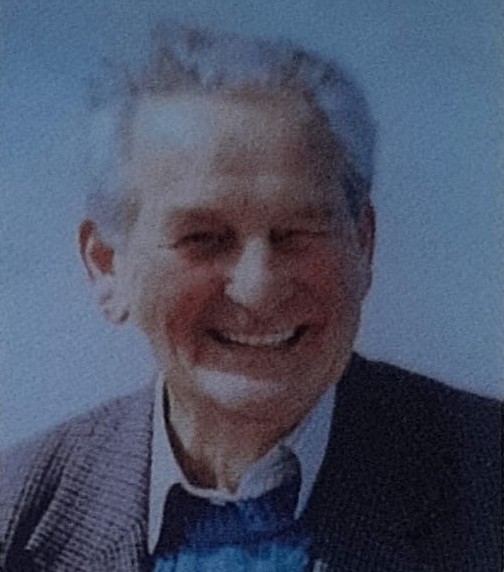Irish Genealogy [Gen-004]
Genealogy has a lot in common with mythology even to-day. This is evident in Irish genealogy as well as that of other countries.
Professor Eoin Mac Neill in "Celtic Ireland" (1981 Edition) demonstrates that many of the genealogies found in ancient Irish manuscripts were concocted by the scribes to enhance the prestige of the ruling dynasties. For example, many of the genealogies recorded in manuscripts contain the names of mythical pagan gods. Indeed in some cases a god appears a number of times in the same genealogy under different names.
Mac Neill held that "neither history nor genealogy in Ireland [...] is credible in detail beyond A.D. 300." Other scholars did not accept even this. M.A. O'Brien, for example, believed that genealogies can be relied on from the end of the sixth century only. In fact, genealogical fabrication is a continuous process in most traditional societies.
A genealogist researching an Irish family tree finds more than a fair share of difficulties in his way. For example:
- The defeat of the Irish at the Battle of Kinsale in 1601 and the resulting emigration destroyed the Gaelic family structures. This emigration was repeated after the Treaty of Limerick in 1691.
- The Plantations of the 16th and 17th centuries, particularly the Plantation of Ulster, uprooted and destroyed many Irish families. Those that managed to retain any land were rapidly reduced to penury by the compulsory splitting up of each Catholic estate on the death of its owner.
- The Famines of the 19th century destroyed many families who had managed to survive the Plantations.
- Grants of lands by Irish Kings by written charter are not known to have been made except to monastic bodies (Mac Neill).
- The mutilation of Irish surnames in the 17th and 18th centuries destroyed, in many cases, links with earlier generations. Even in comparatively recent times mutilation occurs.
- The poverty of many Irish families following the Plantations and the Famines meant that they were not involved in any legal transactions of which a record might exist.
- During the Penal Times many of the Irish families sacrificed their lands and properties rather than forsake their religion and disappeared without trace.
- Up to the middle of the 17th century many of the labouring class had no hereditary surnames (Mac Lysaght).
- Not many of the ancient Irish families have Arms recorded in authoritative heraldic sources.
- The records of the first complete Census, taken in 1813, as well as those taken in 1821, 1831-4, 1841, 1851 were mostly destroyed in the fire at the Public Record Office, Dublin, in 1922. The Census Returns of 1861, 1871, 1881 and 1891 were not preserved. Thus the earliest complete Census is that taken in 1901.
- Catholic Emancipation did not occur until 1829 and Catholic Parish Registers rarely go back further than 1820; most start about 1860. Nearly half of the Protestant Registers, and many other records of genealogical interest such as Wills were destroyed in the Public Record COffice fire.
- Records in Counties Galway, Mayo, Tyrone and Donegal were very badly kept.
The Genealogical Office state ("Irish Times", 3rd August, 1981) that "it is extremely difficult if not impossible for anyone who has not already done so to prove descent over 350 years ... the number of cases where a pedigree could be established going back to 1600 (i.e. before the battle of Kinsale) is very, very small indeed. For anyone to prove descent by primogeniture from the last accepted chief of the name would be a very, very difficult task." In 1940, the Genealogical Office investigated many claims but recognised only sixteen persons as being in direct succession from pre-1600 chieftains. Four of these titles were dormant; two of the remaining ones were held by foreigners and two by priests. Strictly speaking, even persons able to prove direct descent from a pre-1600 chieftain are not entitled to call themselves Chief of the clan as Irish Clan Chieftainships did not necessarily descend by primogeniture.
Incidentally, one of the recognised hereditary titles is that of The O'Conor Don. This family proved direct descent from the second last High King of Ireland, Turlough Mór O'Conor, who died in 1156. An amazing fact is that the family, despite many vicissitudes, retained their religion (they were Catholics), their records and a small portion of their lands since then. The family, although forbidden as Catholics to own land, came to an arrangement with the Frenches of Frenchpark, Co. Roscommon, whereby they leased part of their ancestral lands from them for an annual rent of £79. Until 1820 when The O'Conor Don family moved to live on their estate at Clonalis, just outside Castlerea, Co. Roscommon, their main seat had been at Belanagare not far from Clooniguin where the ó Tuathaláins lived since about 1600. (The 800 acre Belanagare estate was taken over by the Land Commission in the nineteen thirties.)
However difficult it may be to discover documentary evidence of one's pedigree "a Celtic surname is a sure indication of Celtic blood" because as John Mitchel states in Volume 1 of his "History of Ireland"
"nobody ever had any interest in assuming or retaining such a patronymic, all the interests and temptations being the other way...... for several centuries - first under the Statutes of Kilkenny and afterwards under the more grevious pressure of the Penal Code, all possible worldly inducements were held out to Irishmen to take English names and forget their own."
In brief, the Irish genealogist's lot is not a happy one.
